For Product Registration and general enquires please contact us
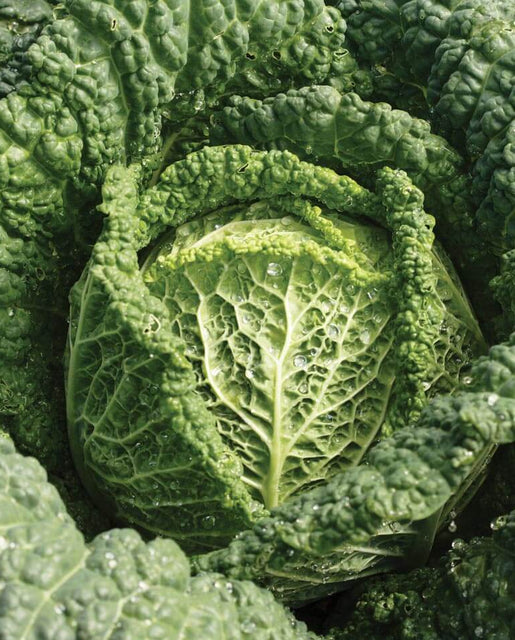
Capriccio
$11.99 – $151.99
The plants of Capriccio cabbage seeds have tightly packed centers, with incredible flavour and a crunchy texture that will keep you coming back for more.
Shipping & Returns
West Coast Seeds ships anywhere in North America. However, we are not able to ship garlic, potatoes, asparagus crowns, bulbs, onion sets, Mason bee cocoons, or nematodes outside of Canada. We regret, we cannot accept returns or damages for orders outside of Canada. The minimum shipping charge to the US is $9.99.
Description
More details about Capriccio
FALL HARVEST. Let yourself be seduced by the buttery yellow interior of this early, true savoy cabbage. The plants of Capriccio cabbage seeds have tightly packed centres, with incredible flavour and a crunchy texture that will keep you coming back for more. Dense, uniform heads with good holding ability for longer harvests and an excellent disease resistance package. Capriccio is a great early true savoy with excellent field holding ability and good disease resistance. This cabbage has beautiful, uniform, dense heads with a dark green wrap, tight savoy and a buttery yellow interior. Matures in 90-100 days. (Hybrid seeds)-
- Buttery yellow interior
- Incredible flavour, crunchy texture
- Dense, uniform heads
- Good holding ability
- Matures in 90-100 days
All About Capriccio
Latin
Brassica oleracea var. capitata Family: Brassicaceae
Difficulty
Moderately difficult
Season & Zone
Season: Cool season
Exposure: Full-sun
Timing
Sow indoors beginning in late winter and transplant outdoors from 2 weeks after the last frost date to early summer. Overwintering cabbage is sown outdoors during July where winters are mild. Optimal soil temperature: 10-30°C (50-85°F). Seeds should germinate in 7-10 days.
Starting
When learning how to grow cabbage, sow 3 or 4 seeds per pot, 5mm (¼”) deep, under very bright light. Thin to the strongest plant. Space transplants 45-60cm (18-24″) apart in rows 60-90cm (24-36″) apart.
Days to Maturity
From transplant date.
Growing
Ideal pH: 6.5-7.0. Cabbage does best in humus-rich soil amended with composted manure. Mix ½ cup complete organic fertilizer into the soil beneath each transplant. If growth slows, side dress with a little more balanced organic fertilizer. Heads of early varieties can split from over-maturity, rapid growth after heavy rain, or irrigation after dry spells. Splits can be delayed by twisting the plant or cultivating deeply next to plants in order to break roots and slow growth. Fall and winter varieties stand in the garden longer without splitting. If direct sown, add 20-25 days to the maturity date.
If cabbages won’t form heads, it may be from an imbalance of too much nitrogen in the soil in relation to phosphorus. Cabbages require cool temperatures to form heads well. Hot weather can interfere with the development of heads.
Harvest
Cabbage heads are ready when they’re firm to the touch, and when the interior is fairly dense. Heads will split when they’re allowed to overly mature. Rapid growth due to excess watering and fertility will also cause splitting of the head. Plant early, mid-season and late varieties to spread out your harvest. Late varieties tend to be better for storage or for making sauerkraut. Early (summer harvest) varieties tend not to store as well.
Seed Info
In optimum conditions at least 80% of seeds should germinate. Uual seed life: 3 years. Per 100′ row: 200 seeds, per acre: 44M seeds.
Diseases
Purple blotch (Alternaria porri) – Avoid wetting foliage if possible. Water early in the day so plant parts above the ground dry as quickly as possible. Allow for air circulation, and avoid crowding plants. Pull weeds around plants and garden area to increase air circulation. When plants are not wet, remove and destroy affected plant parts. In autumn rake and destroy all fallen or diseased leaves and fruit.
Clubroot – If soil infested, add lime to raise soil pH to 7.2. Practice strict crop rotation. If that is not possible, remove infested soil and replace with fresh soil. Purchase healthy transplants or start seed in sterile potting mix or fresh ground. Remove and discard or destroy entire infested plants along with immediately surrounding soil and soil clinging to roots.
Pests
Flea Beetles – Use row covers to help protect plants from early damage. Put in place at planting and remove before temperatures get too hot in mid-summer. Control weeds.
Cutworms – Control weeds. Cardboard collars around each plant give good protection.
Cabbage root maggot – White maggot larvae tunnel in and feed on roots of plants. Damage causes wilting early on, death of plants later on. Use row covers to help protect plants from early damage.
Cabbageworms – Handpick and destroy. Row covers may be useful on small plantings to help protect plants from early damage. Put in place at planting and remove before temperatures get too hot in midsummer.
Cabbage aphids – A hard stream of water can be used to remove aphids from plants. Wash off with water occasionally as needed early in the day. Check for evidence of natural enemies such as gray-brown or bloated parasitized aphids and the presence of alligator-like larvae of lady beetles and lacewings.
Companion Planting
All Brassicas benefit from chamomile, dill, mint, rosemary, and sage. Avoid planting near eggplants, peppers, potatoes, or tomatoes. These plants in the Solanum group thrive in slightly acidic soil, as does the fungus that causes clubroot.






How to Grow Cabbage

Step 1: Timing
Sow indoors beginning in late winter and transplant outdoors from 2 weeks after the last frost date to early summer. Overwintering cabbage is sown outdoors during July where winters are mild. Optimal soil temperature: 10-30°C (50-85°F). Seeds should germinate in 7-10 days.
Step 2: Starting
Sow 3 or 4 seeds per pot, 5mm (¼”) deep, under very bright light. Thin to the strongest plant. Space transplants 45-60cm (18-24″) apart in rows 60-90cm (24-36″) apart.
Step 3: Growing
Ideal pH: 6.5-7.0. Cabbage does best in humus-rich soil amended with composted manure. Mix ½ cup complete organic fertilizer into the soil beneath each transplant. If growth slows, side dress with a little more balanced organic fertilizer. Heads of early varieties can split from over-maturity, rapid growth after heavy rain, or irrigation after dry spells. Splits can be delayed by twisting the plant or cultivating deeply next to plants in order to break roots and slow growth. Fall and winter varieties stand in the garden longer without splitting. If direct sown, add 20-25 days to the maturity date. If cabbages won’t form heads, it may be from an imbalance of too much nitrogen in the soil in relation to phosphorus. Cabbages require cool temperatures to form heads well. Hot weather can interfere with the development of heads.
Step 4: Germination
Days to maturity: From transplant date. In optimum conditions at least 80% of seeds should germinate. Usual seed life: 3 years. Per 100′ row: 200 seeds, per acre: 44M seeds.
Step 5: Harvest
Cabbage heads are ready when they’re firm to the touch, and when the interior is fairly dense. Heads will split when they’re allowed to overly mature. Rapid growth due to excess watering and fertility will also cause splitting of the head. Plant early, mid-season and late varieties to spread out your harvest. Late varieties tend to be better for storage or for making sauerkraut. Early (summer harvest) varieties tend not to store as well.
Tips!
Diseases & Pests: Flea Beetles – Use row covers to help protect plants from early damage. Put in place at planting and remove before temperatures get too hot in mid-summer. Control weeds. Cutworms – Control weeds. Cardboard collars around each plant give good protection. Cabbage root maggot – White maggot larvae tunnel in and feed on roots of plants. Damage causes wilting early on, death of plants later on. Use row covers to help protect plants from early damage. Cabbageworms – Handpick and destroy. Row covers may be useful on small plantings to help protect plants from early damage. Cabbage aphids – A hard stream of water can be used to remove aphids from plants as needed early in the day. Purple blotch (Alternaria porri) – Avoid wetting foliage if possible. Water early in the day so plant parts above the ground dry as quickly as possible. Allow for air circulation, and avoid crowding plants. Pull weeds around plants and garden area to increase air circulation. When plants are not wet, remove and destroy affected plant parts. In autumn rake and destroy all fallen or diseased leaves and fruit. Clubroot – If soil infested, add lime to raise soil pH to 7.2. Practice strict crop rotation. If that is not possible, remove infested soil and replace with fresh soil. Purchase healthy transplants or start seed in sterile potting mix or fresh ground. Remove and discard or destroy entire infested plants along with immediately surrounding soil and soil clinging to roots. Companion Planting: All Brassicas benefit from chamomile, dill, mint, rosemary, and sage. Avoid planting near eggplants, peppers, potatoes, or tomatoes. These plants in the Solanum group thrive in slightly acidic soil, as does the fungus that causes clubroot.Additional information
| Matures | in 90-100 days |
|---|---|
| Season | Cool season biennial |
| Exposure | Full-sun |
| Quantity | 50, 500, 2500 |
You must be logged in to post a review.




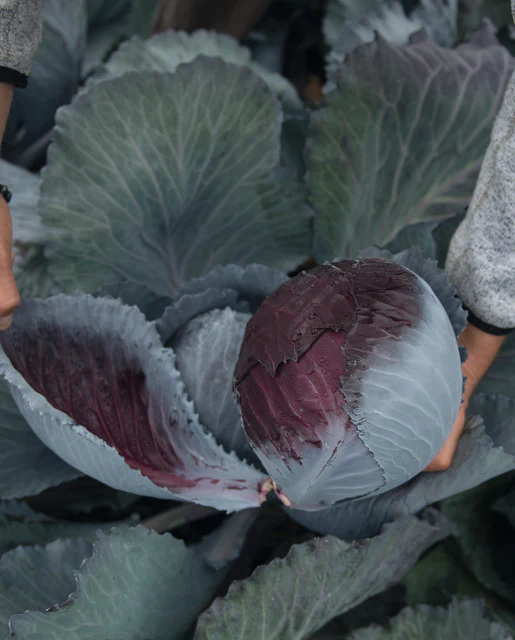
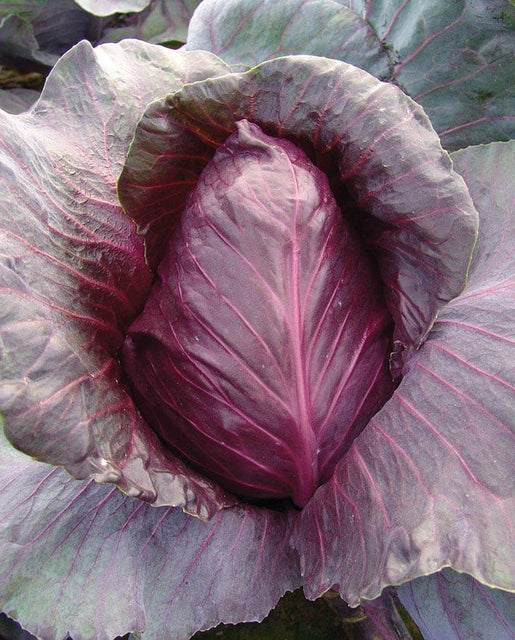
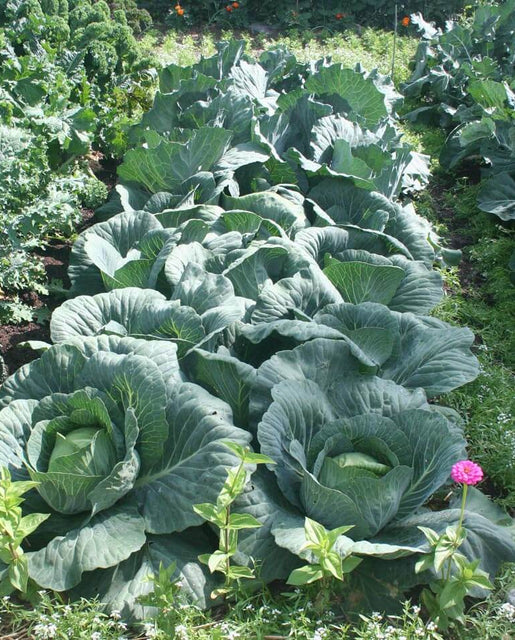
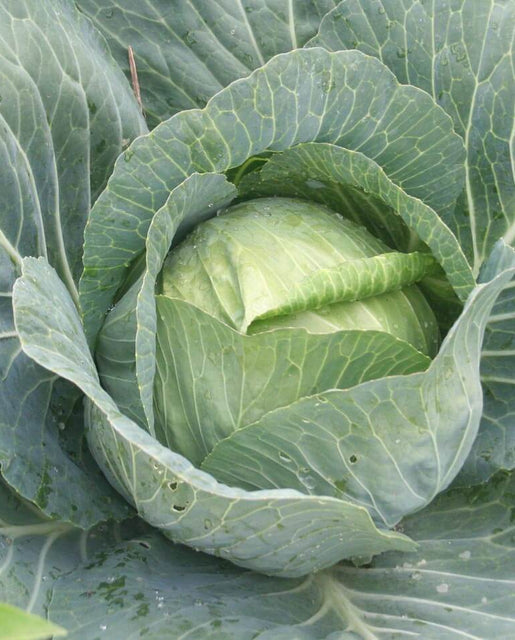
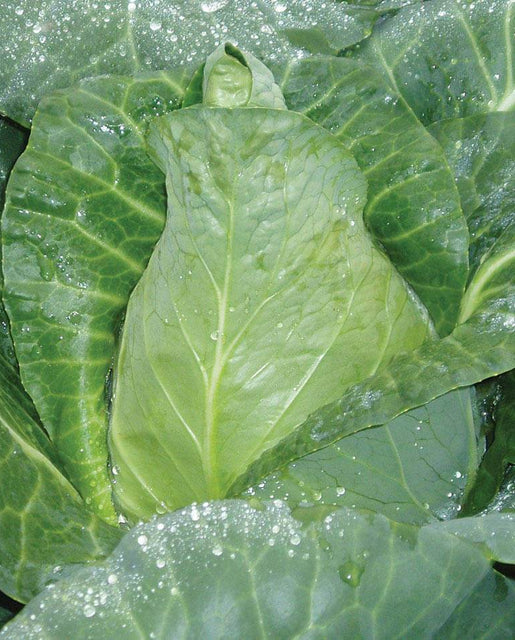
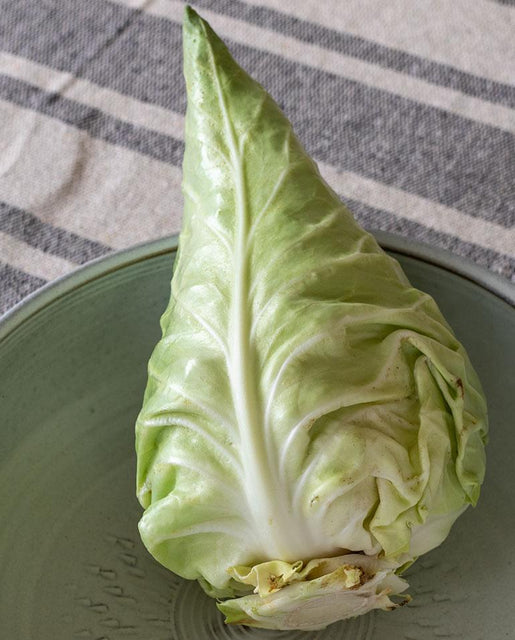




Reviews
There are no reviews yet.